“Our village cuisine has many special dishes. For example, wild vegetables, wild bamboo shoots, stream fish, grilled meat, grilled chicken, grilled fish, banh chung, nem thinh, sour meat…
Especially the way people use spices and prepare dishes is quite elaborate", Hai Yen (born 1996) introduced a series of Northwest dishes that have recently caused a stir online.
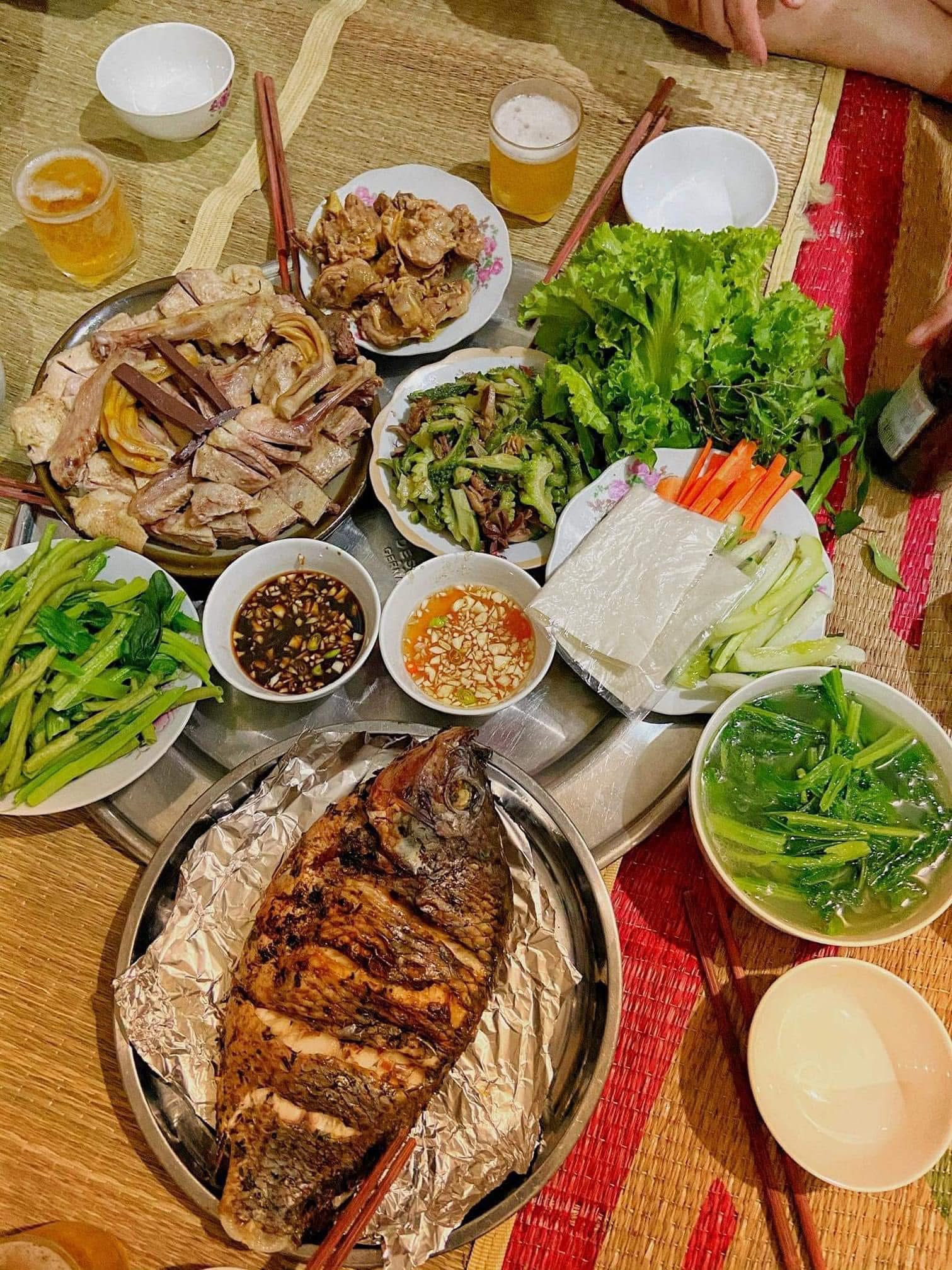 | 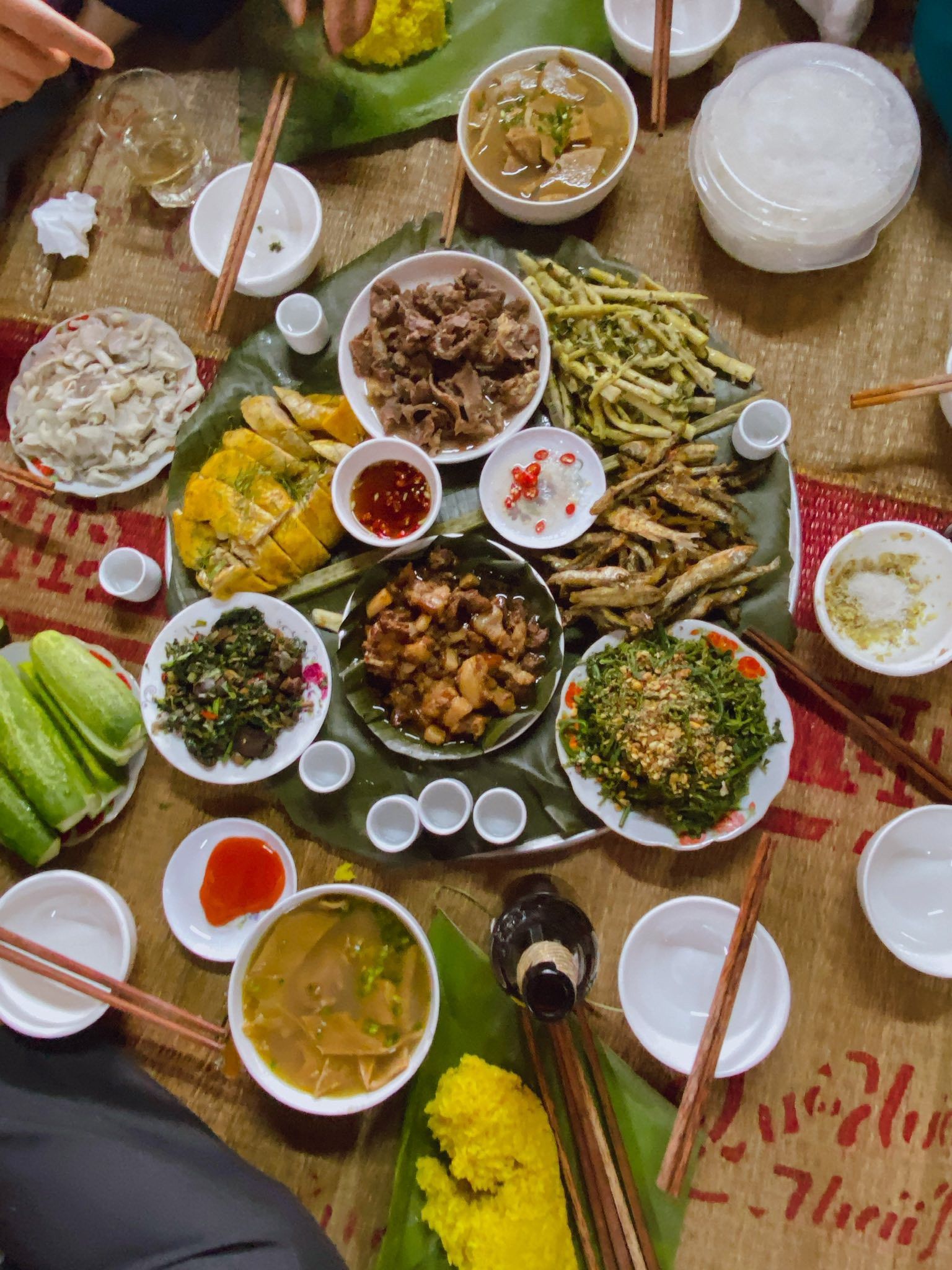 | 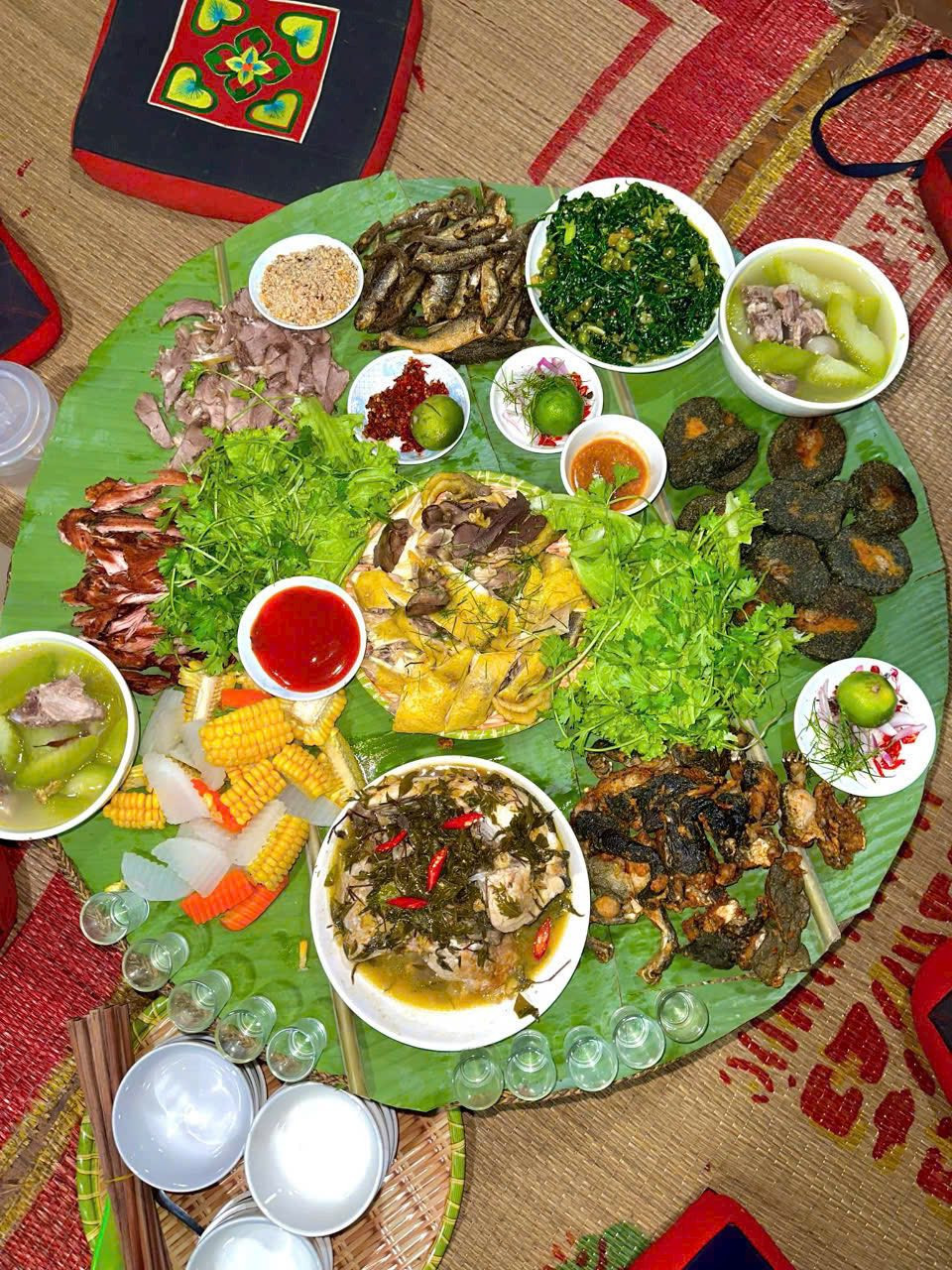 |
The Tay girl currently lives in Chau Que commune, Lao Cai province (formerly Van Yen district, Yen Bai province).
In her family's daily meals, in addition to dishes prepared from self-sufficient ingredients in the home garden, there are also some rustic specialties harvested and collected from the forest or along rivers and streams.
In particular, every meal cannot be without a bowl of cham cheo - a dipping sauce made by hand from roasted salt, local chili, garlic, mac khen, herbs...
“They are all rustic, simple dishes with the bold flavors of the Northwest mountains and forests such as stir-fried fern, wild bamboo shoots, sour fish soup or grilled dishes.
Thanks to the rich source of fresh food combined with local spices such as doi seeds, mac khen, cinnamon, cardamom, chili peppers, etc., each dish on the dinner tray is not only delicious but also outstanding in taste," Yen added.
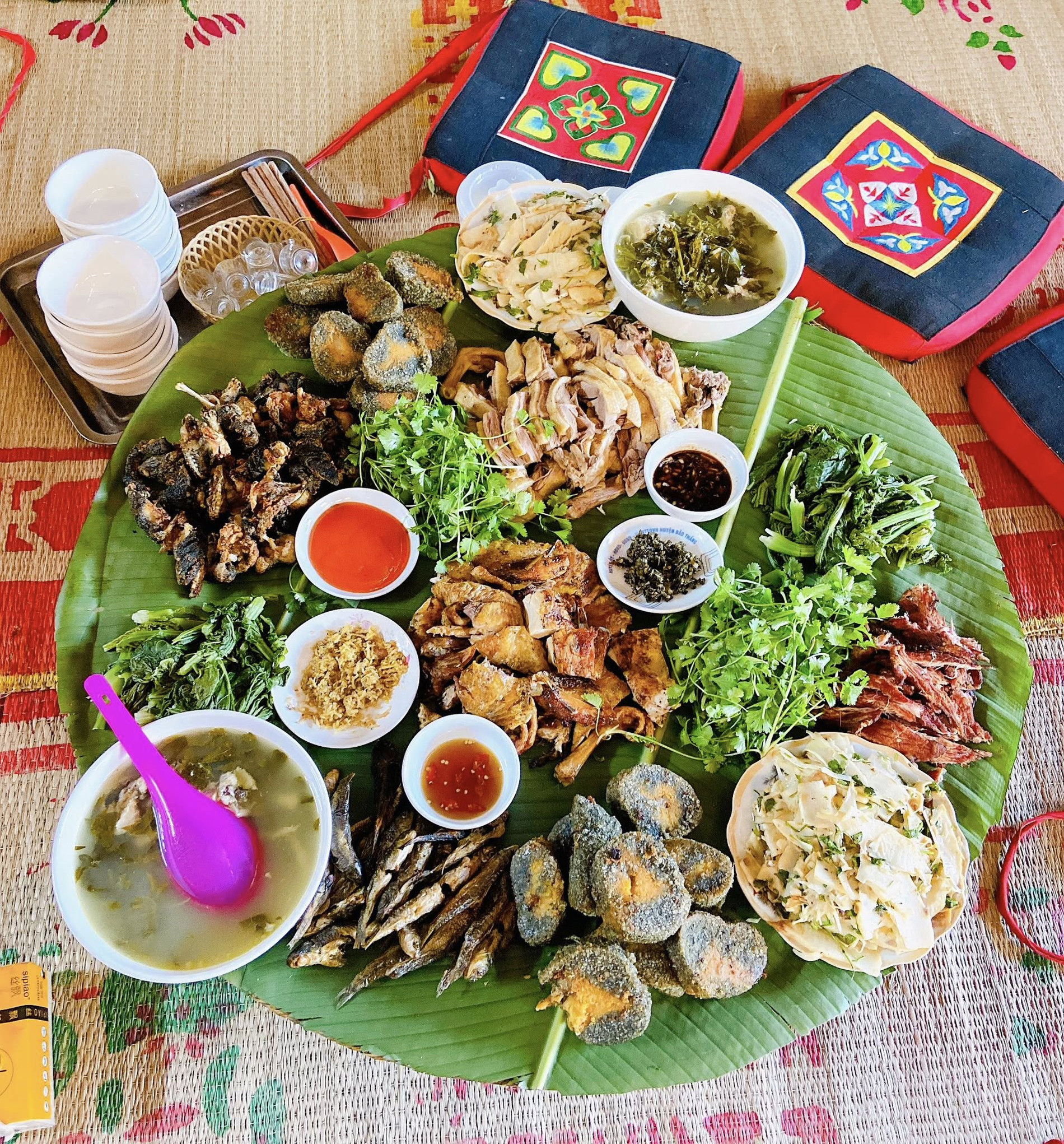
The 29-year-old woman said that each season, the daily meals of the Northwest people have different delicious dishes. For example, after Tet is the season of bamboo shoots, sweet bamboo shoots, which can be stir-fried with garlic, boiled or grilled on a wood stove, all delicious.
From April, wild bamboo shoots begin to sprout above ground, with a slightly bitter taste. They can be used to create unique dishes such as boiled with fermented rice sauce, stir-fried with betel leaves, or rolled with ant eggs or chicken...
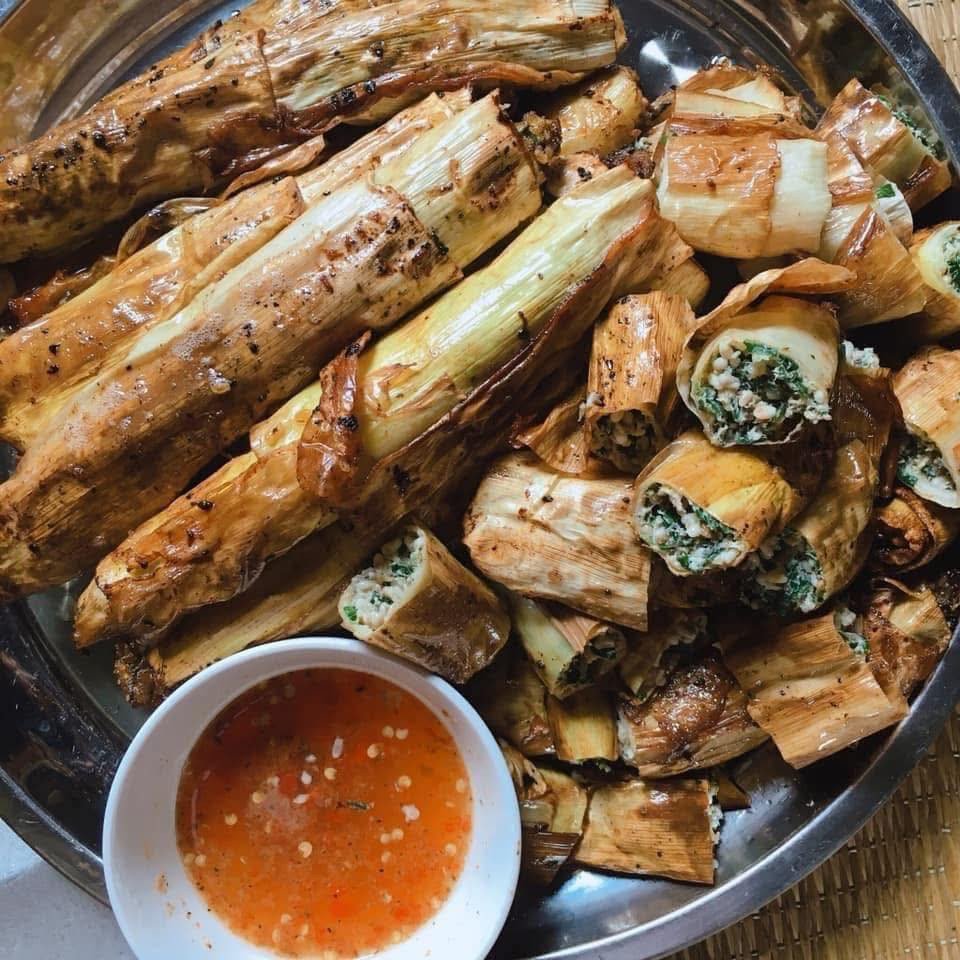 | 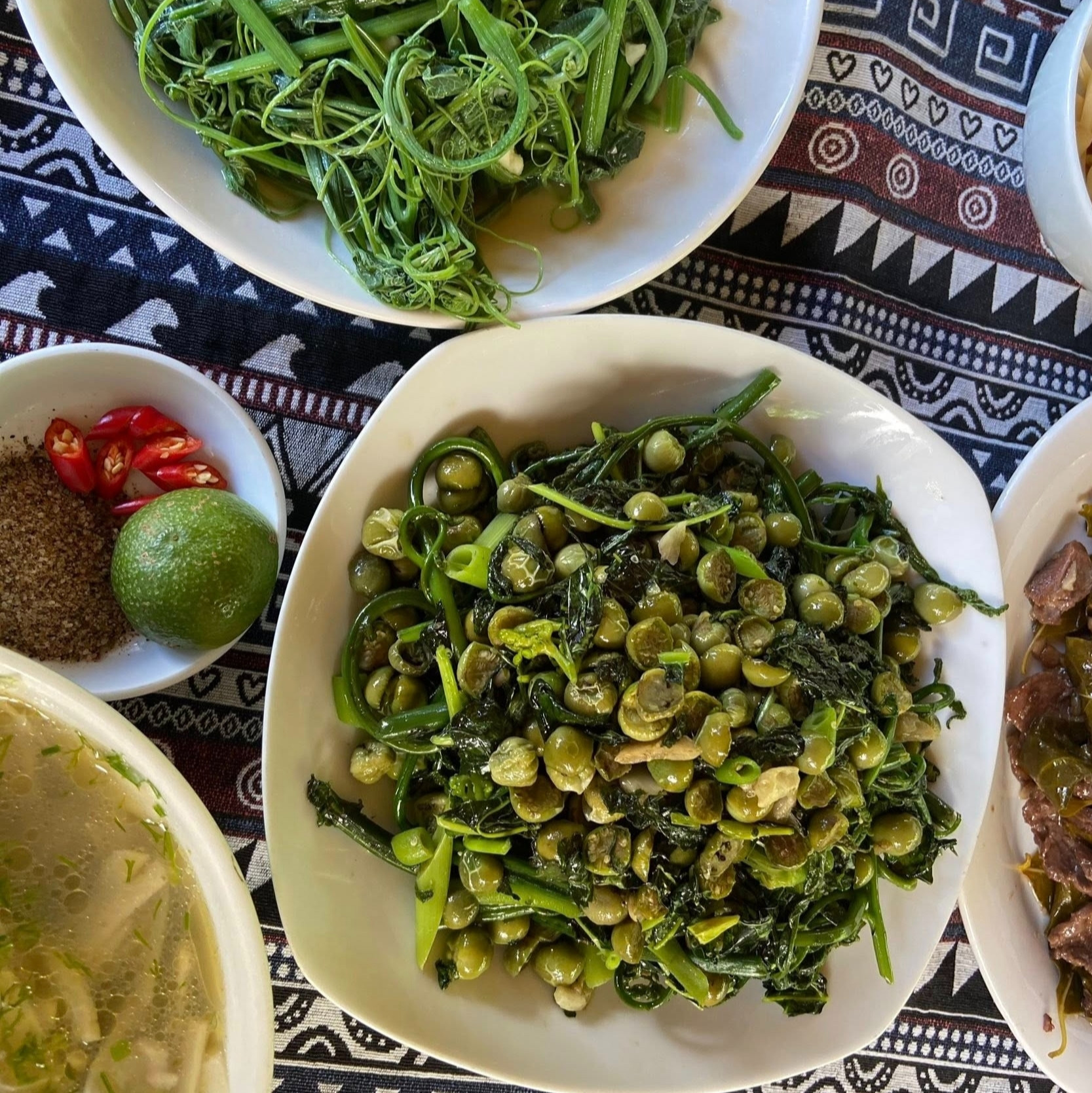 |
In autumn (around September-October), the village enters the green rice season. Local people's meals and offerings during this time often include green rice sticky rice, boiled duck, bamboo shoot soup, etc.
And when winter comes, we cannot help but mention sour meat or smoked foods such as smoked pork/buffalo, Chinese sausage.
“Each season, in my Tay village, there are delicious specialties that make many people linger not only because of the unique flavors, but more importantly, they are vivid evidence of indigenous culture and the people of the Northwest highlands,” Yen said.
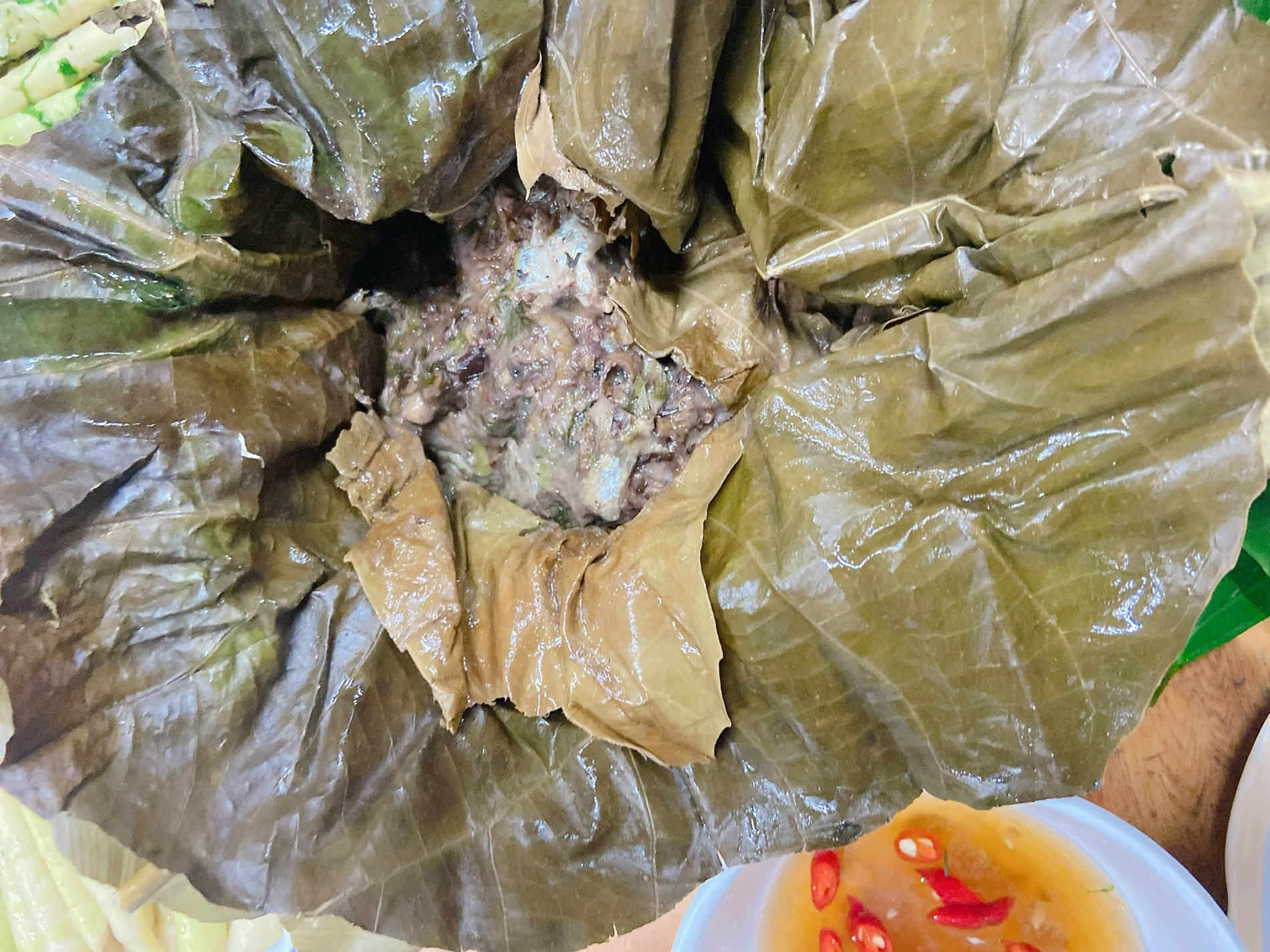
On Tet holiday, the Tay people's tray of food often cannot lack some dishes such as nem thinh, sour meat, hill chicken, grilled dishes, wild vegetables, sticky rice, humpbacked banh chung, and grilled pork...
On this occasion, many families in the village also have the custom of "touching pigs". About 3-4 families will share a black pig to raise naturally, then butcher it and divide it into portions to prepare for feasts.
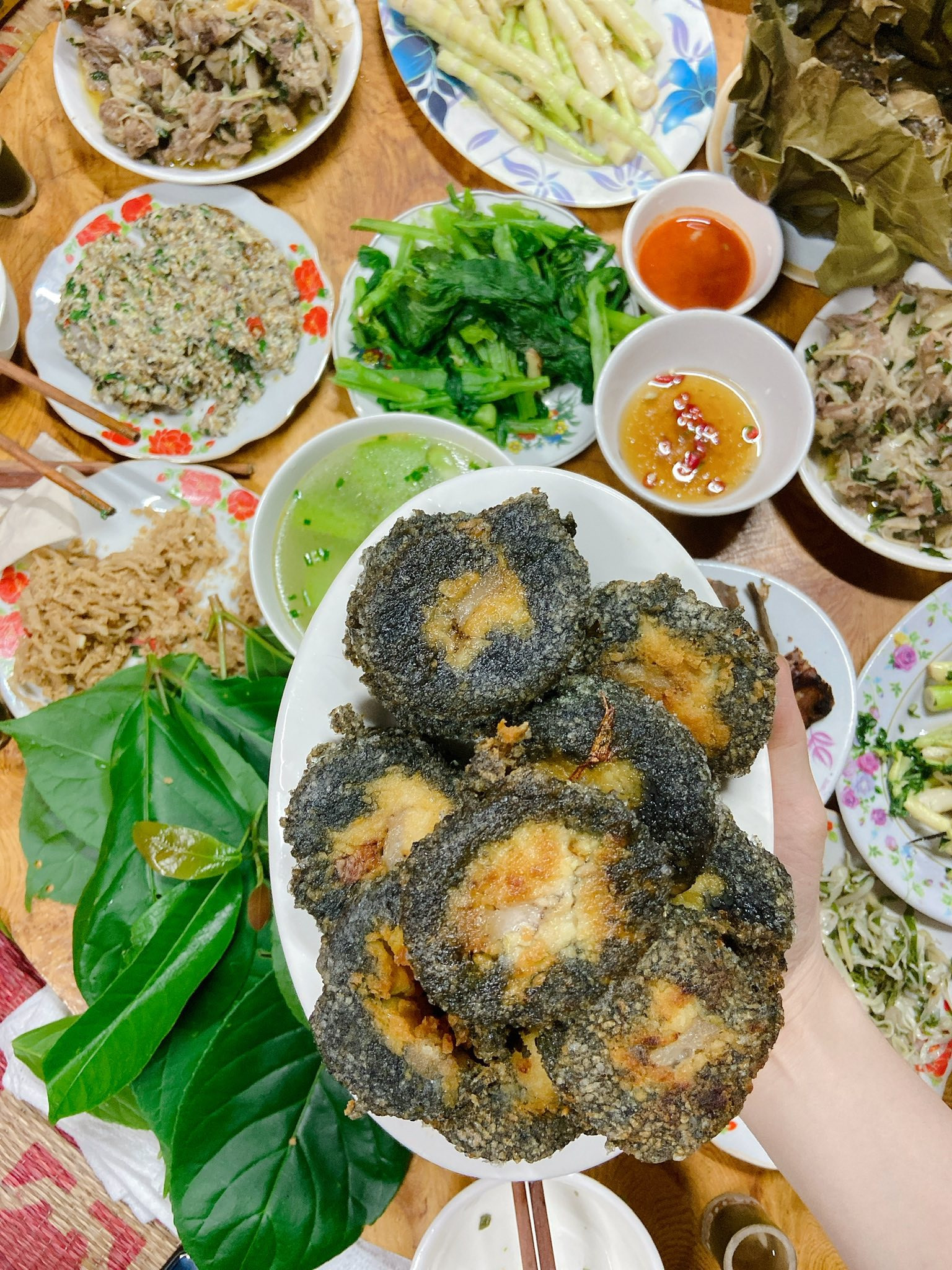 | 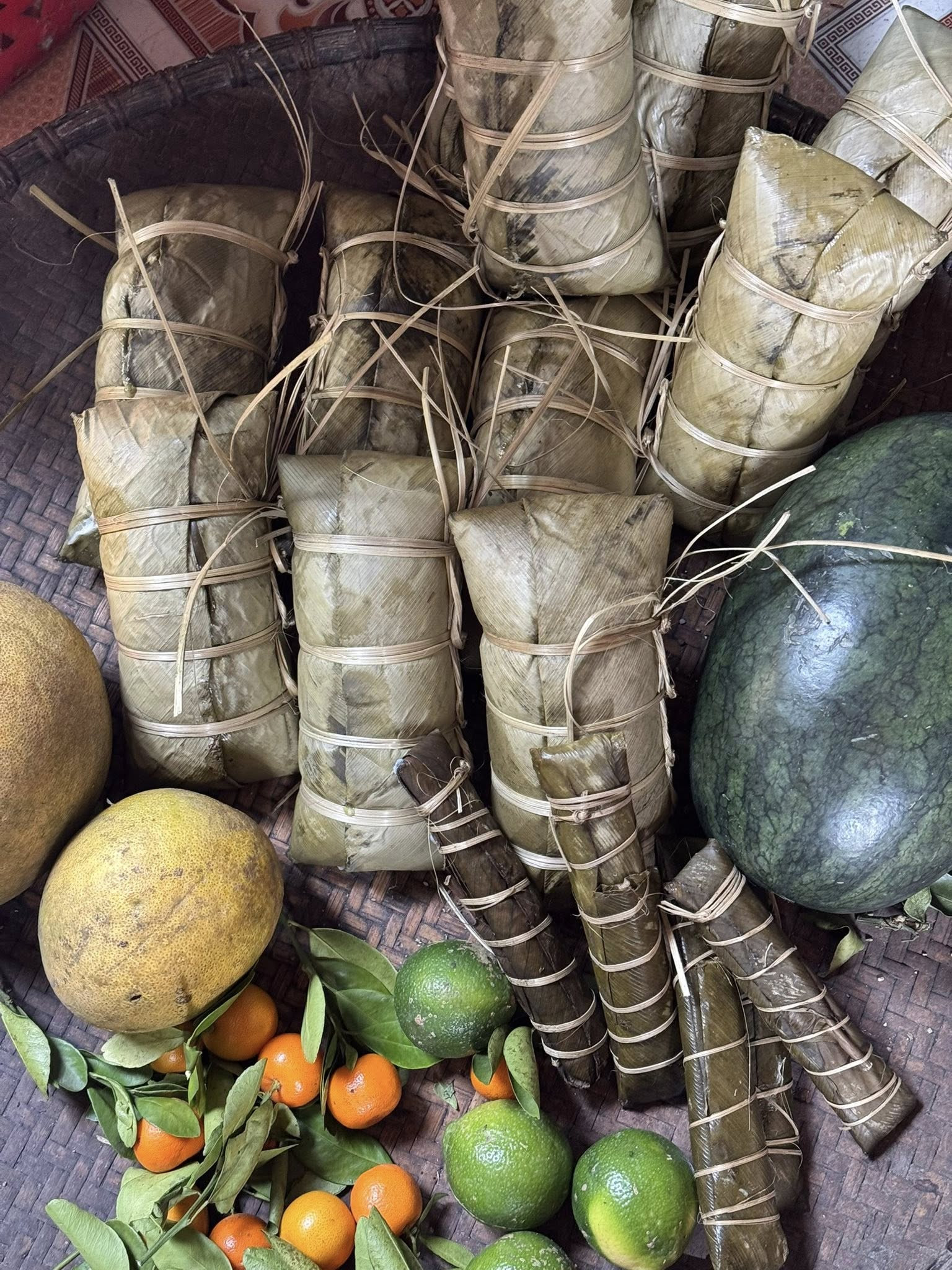 |
Yen also revealed that the Tay people prefer strong flavors, tending towards spiciness and aroma – but the pleasant spiciness of dried or grilled wild chili peppers to reduce the pungency, the strong aroma of mac khen and cardamom, not harsh or strong at all.
In particular, they have the habit of wrapping food in leaves (banana leaves, dong leaves, fig/ngoa leaves) and then grilling, steaming or cooking sticky rice. Thanks to that, the food retains its moisture, is imbued with the smell of forest leaves, and is both delicious and healthy.
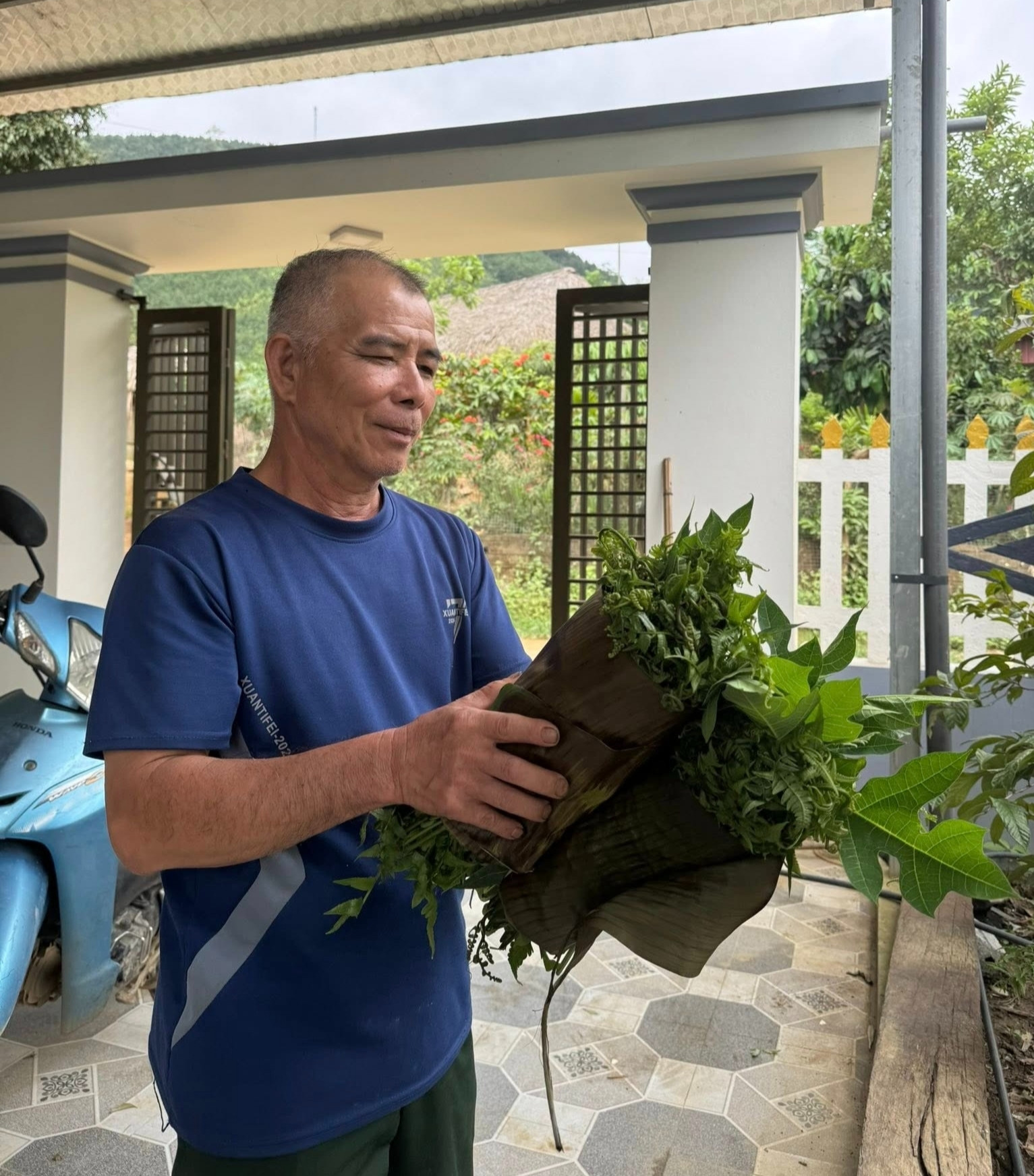 | 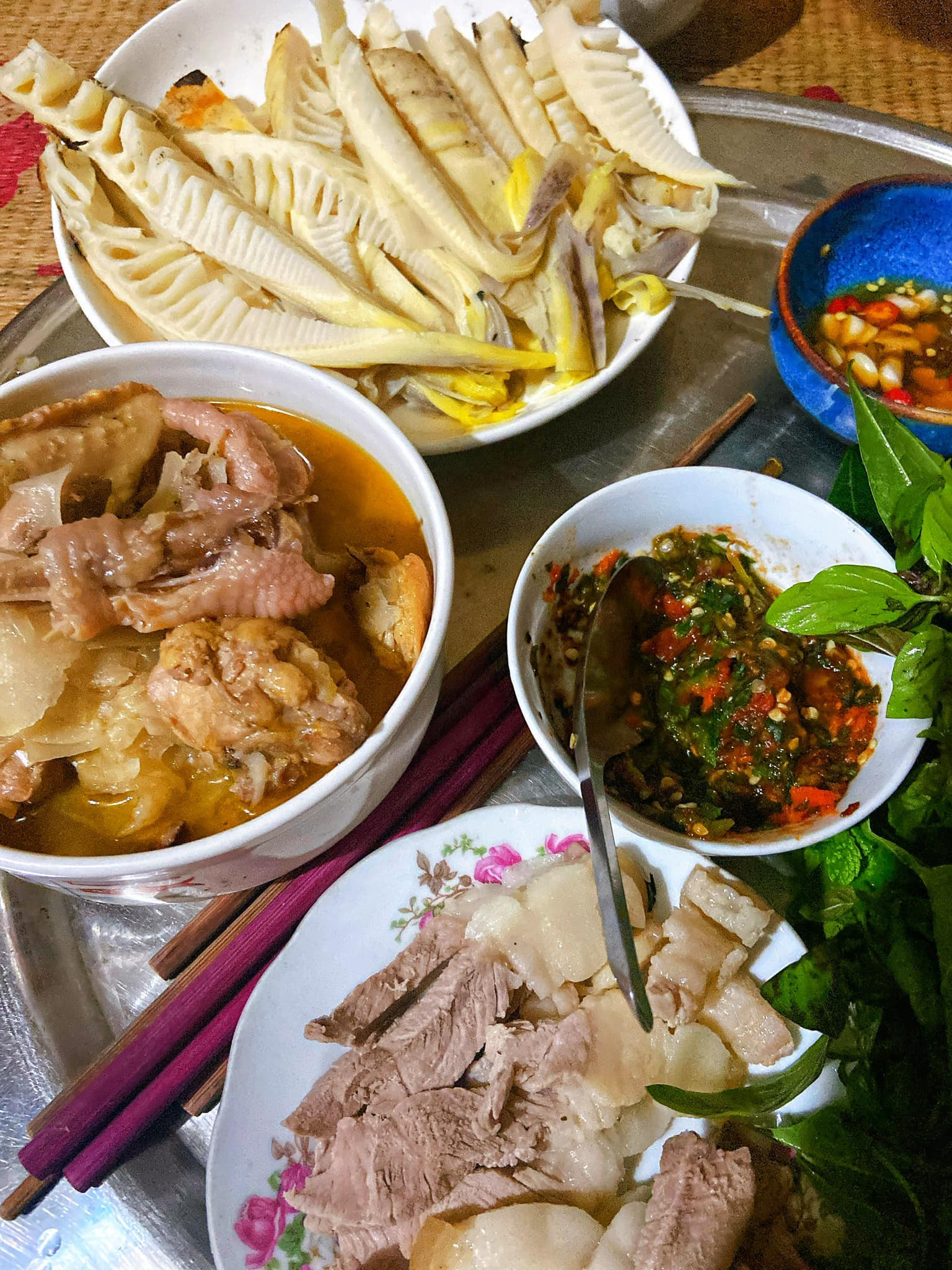 | 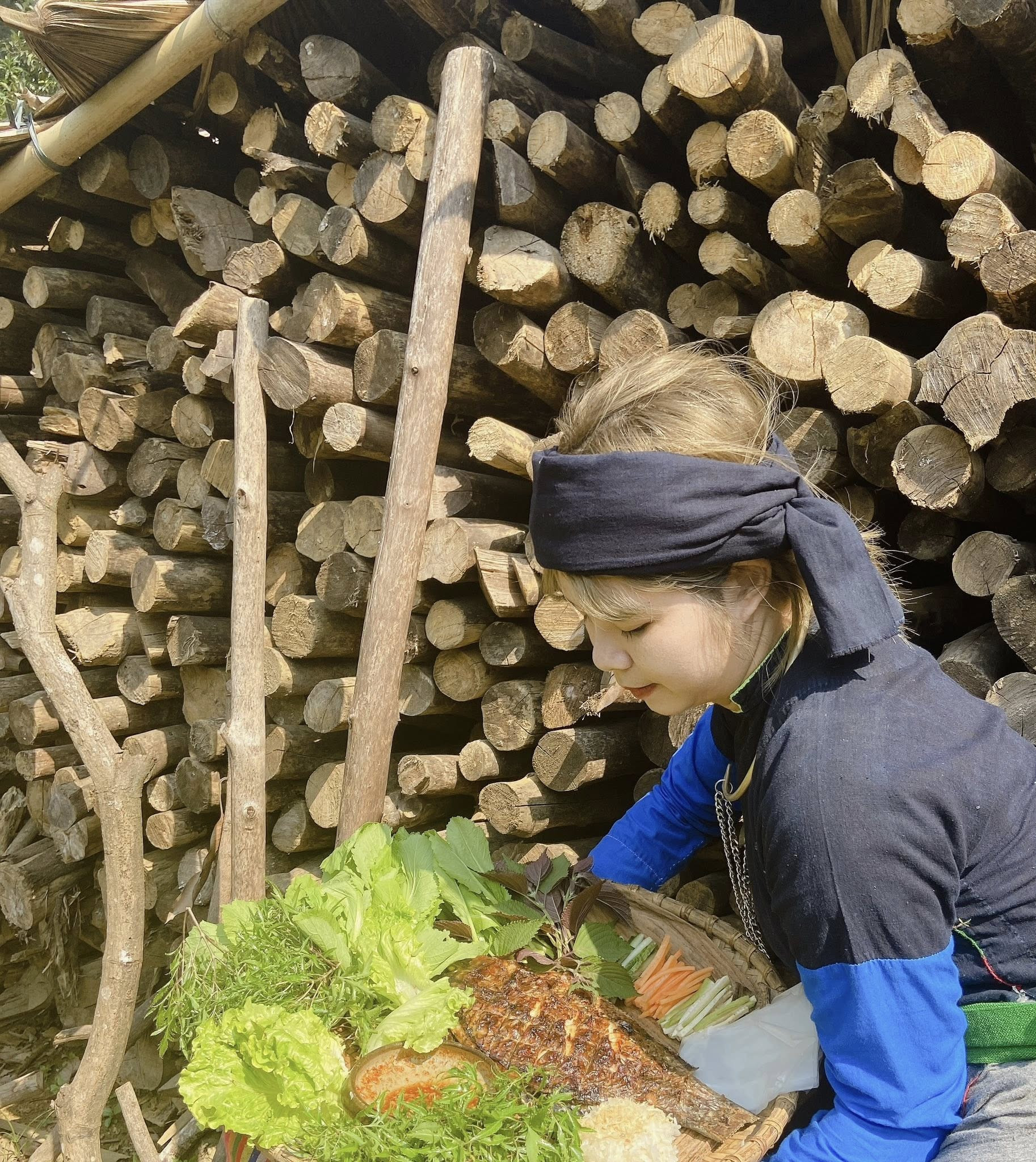 |
Another interesting thing is that, here, people believe that "the cook is the one who keeps the soul of the kitchen". Therefore, the person who cooks feasts and important meals is usually a man.
“In the house, my father is also the main cook. He rarely needs a recipe but understands the ingredients well. Whatever vegetables are in season, what fruits are in the forest, what leaves are in the garden, he knows how to combine and season them to create harmony,” Yen shared.
The young girl also expressed that each dish and traditional specialty has its own secret recipe - something that is difficult to describe in words but is passed down through hands over the years, thereby creating uniqueness in each Tay people's kitchen.
Photo: Hai Yen/Tay Village Kitchen
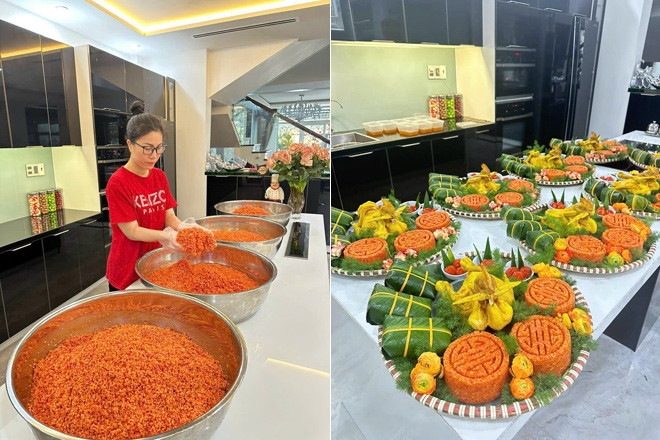
Source: https://vietnamnet.vn/co-gai-tay-khoe-mam-com-hang-ngay-toan-dac-san-rung-nui-khong-ton-tien-mua-2422348.html












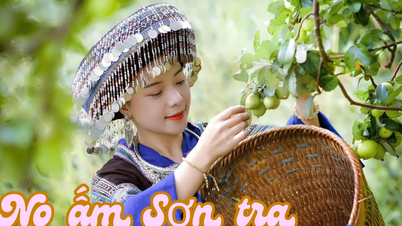

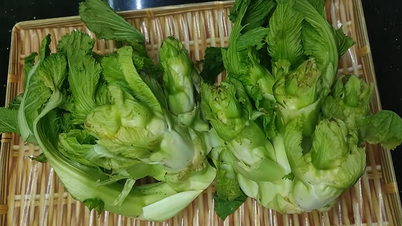
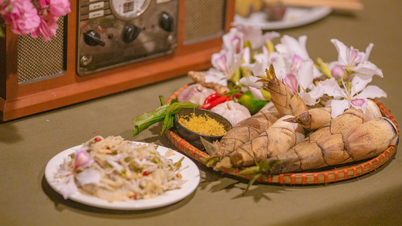
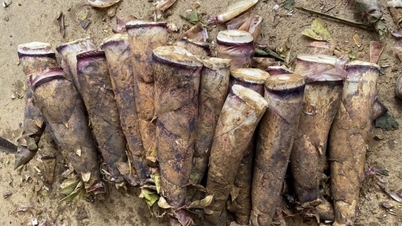

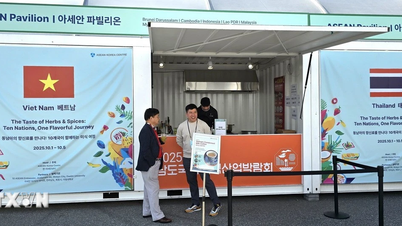

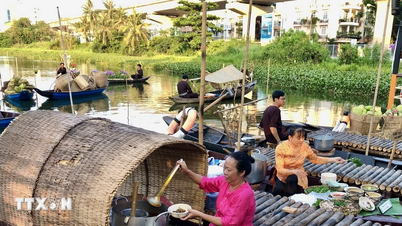
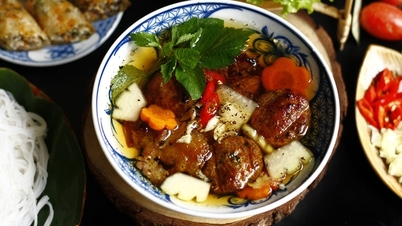

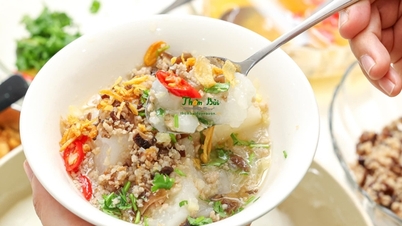
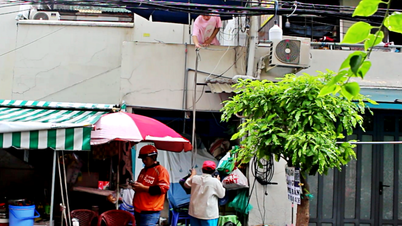
















































































Comment (0)